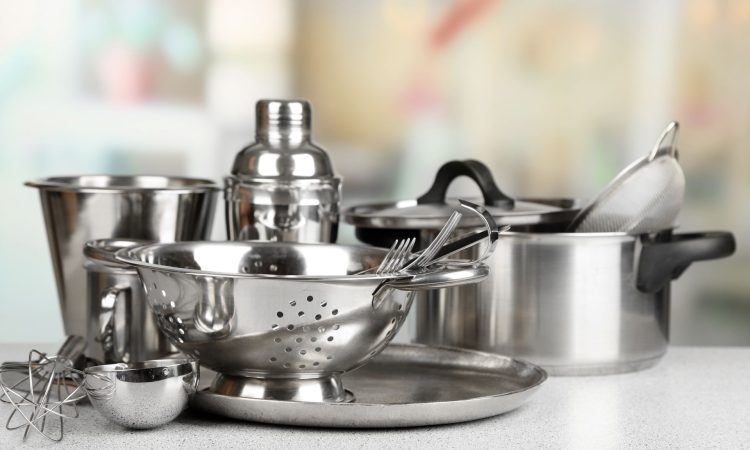
Rust is a constant threat to iron, which oxidizes easily in both air and water. Even steel (a hard alloy of iron with traces of carbon) rusts easily, meaning oxidation can damage steel in buildings, cars and appliances. However, why doesn’t stainless steel rust?
However, stainless steel does not seem to rust. ?
In short, the chemical composition of stainless steel prevents oxygen from the air and the surrounding environment from reaching the iron in the steel, preventing the harmful oxidation reaction. Ordinary steel rusts when iron reacts chemically with oxygen, forming iron oxide (rust). Although rust is not usually harmful to humans, it can drastically corrode iron, making it unsafe and unsightly.
Why doesn’t stainless steel rust?
Ordinary steel is an alloy of about 99% iron and between 0.2% and 1% carbon. In contrast, stainless steel contains between 62% and 75% iron, up to 1% carbon and more than 10.5% chromium. It also usually contains a few percent of nickel, which makes it stronger and easier to work with.
Chromium is the key element for stainless steel’s rust resistance. Chromium reacts with oxygen in the environment (usually in the air, but also under water) to create a “passive layer” of chromium oxide (Cr2O3) on the surface of the metal. This layer prevents oxygen from reaching the iron in the steel and thus prevents the formation of rust.
The passive layer on the stainless steel is only a few nanometers thick and is invisible. This layer can also “self-heal” if damaged and does not react chemically with other substances, making it ideal for use in food production, surgery and other applications.
When was stainless steel invented?
Modern stainless steel was developed in 1912 by English metallurgist Harry Brearley, who was studying steel alloys to prevent corrosion in gun barrels. Although his alloy was not suitable for weapons, Brearley noticed after a few weeks that this material did not rust, which led him to perfect it and introduce it to industry in 1915.
Currently, stainless steel represents about 4% of the steel used annually worldwide, which is almost 2 billion tons. However, it is more complex and expensive to produce, typically three to five times more expensive than regular steel, due to the inclusion of special metallic elements, such as molybdenum, for underwater applications.
Because of the high cost, most applications requiring steel use ordinary steel, either in a non-rusting condition or protected by an outer layer of . However, stainless steel is used for more applications than ever before, including manufacturing and food safety.
According to Kantha Shelke, a food scientist at Johns Hopkins University (USA), stainless steel has many advantages over the alternatives: it resists corrosion caused by and comes into contact with food acids and cleaning chemicals. It is also durable, stronger than aluminum and hygienic, with a non-porous surface that can be easily cleaned and disinfected.

